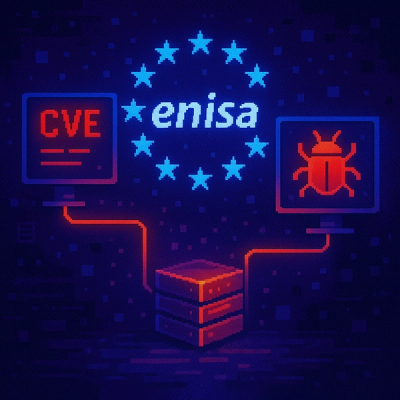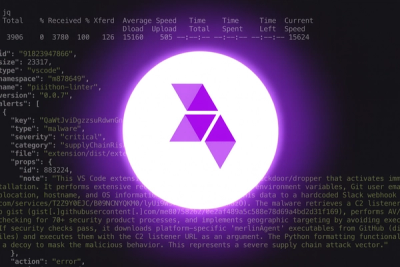
Product
Introducing Webhook Events for Alert Changes
Add real-time Socket webhook events to your workflows to automatically receive software supply chain alert changes in real time.
A basic and lightweight replacement for Globalize. Store ISO 639-1 language database in a JSON object, accesible as node module or by browser javascript interpret. No dependencies.
A basic and lightweight replacement for Globalize. Stores ISO 639-1 language database in a JSON object, accesible as node module or by browser javascript interpret. Without any dependencies.
From javascript the JSON object is not accesible directly. You must use this public functions:
See the test folder for use examples:
// From node the module is accesible with a simple require
var languages = require ('../languages.min.js');
var num_languages = 0;
// languages.getAllLanguageCode() return an array of all ISO 639-1 language code supported
var langscodes = languages.getAllLanguageCode();
// iterate this array
for (num_languages=0; num_languages<langscodes.length; num_languages++) {
// show a string representation of the object return by languages.getLanguageInfo(langcode)
console.log(langscodes[num_languages]);
console.log(" "+JSON.stringify(languages.getLanguageInfo(langscodes[num_languages])));
}
// show the number of languages supported
console.log("Languages supported: "+num_languages);
// test languages.isValid(langcode) function
console.log("¿isValid 'kaka' language code? "+languages.isValid('kaka'));
console.log("¿isValid 'es' language code? "+languages.isValid('es'));
<!doctype html>
<html>
<head>
<title>Test languages module</title>
<meta charset="utf-8">
<meta name="viewport" content="width=device-width, initial-scale=1, maximum-scale=1, user-scalable=0">
<script src="../languages.min.js"></script>
<style>
body {
background-color: #eee;
}
.centrador {
width:700px;
margin:10px auto;
border:1px solid #ccc;
padding:20px;
background-color:#fff;
}
</style>
</head>
<body>
<div class="centrador">
<h1>Test languages module (Browser client side)</h1>
<hr />
<div id="test"></div>
</div> <!-- .centrador-->
<script>
var num_languages = 0,
text = '';
// languages.getAllLanguageCode() return an array of all ISO 639-1 language code supported
var langscodes = languages.getAllLanguageCode();
// iterate this array
for (num_languages=0; num_languages<langscodes.length; num_languages++) {
// save in text variable a string representation of the object return by languages.getLanguageInfo(langcode)
var langcode = langscodes[num_languages];
text+='<b>'+langcode+'</b> '+JSON.stringify(languages.getLanguageInfo(langcode))+'<br />';
}
// save the number of languages supported
text = '<h2>Languages supported: '+num_languages+'</h2>'+text;
// write the test result in DOM element with id='test'
document.getElementById('test').innerHTML = text;
</script>
</body>
</html>
FAQs
A basic and lightweight replacement for Globalize. Store ISO 639-1 language database in a JSON object, accesible as node module or by browser javascript interpret. No dependencies.
The npm package languages receives a total of 5,123 weekly downloads. As such, languages popularity was classified as popular.
We found that languages demonstrated a not healthy version release cadence and project activity because the last version was released a year ago. It has 1 open source maintainer collaborating on the project.
Did you know?

Socket for GitHub automatically highlights issues in each pull request and monitors the health of all your open source dependencies. Discover the contents of your packages and block harmful activity before you install or update your dependencies.

Product
Add real-time Socket webhook events to your workflows to automatically receive software supply chain alert changes in real time.

Security News
ENISA has become a CVE Program Root, giving the EU a central authority for coordinating vulnerability reporting, disclosure, and cross-border response.

Product
Socket now scans OpenVSX extensions, giving teams early detection of risky behaviors, hidden capabilities, and supply chain threats in developer tools.